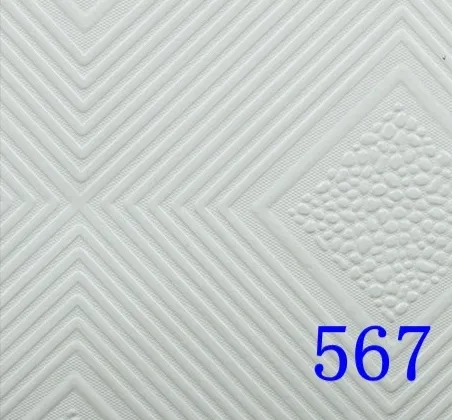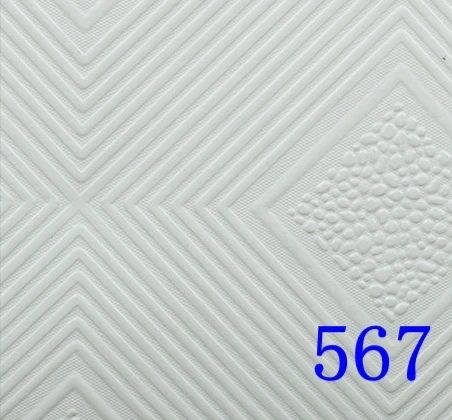- Afrikaans
- Albanian
- Amharic
- Arabic
- Armenian
- Azerbaijani
- Basque
- Belarusian
- Bengali
- Bosnian
- Bulgarian
- Catalan
- Cebuano
- Corsican
- Croatian
- Czech
- Danish
- Dutch
- English
- Esperanto
- Estonian
- French
- German
- Greek
- Hindi
- Indonesian
- irish
- Italian
- Japanese
- Korean
- Lao
- Malay
- Myanmar
- Norwegian
- Norwegian
- Polish
- Portuguese
- Romanian
- Russian
- Serbian
- Spanish
- Swedish
- Thai
- Turkish
- Ukrainian
- Uzbek
- Vietnamese
Th5 . 30, 2025 20:07 Back to list
Rigid Mineral Wool Insulation Board Fire-Resistant & High-Density
- Introduction to mineral-based thermal solutions
- Performance data analysis of insulation materials
- Technical advantages of stone wool boards
- Commercial product comparison across manufacturers
- Custom fabrication capabilities overview
- Industrial implementation success stories
- Final considerations for building projects

(rigid mineral wool insulation board)
Understanding Thermal Solutions Using Mineral Wool
Industrial applications increasingly utilize engineered thermal barriers that combine structural integrity with insulation properties. Stone-derived insulation materials have gained prominence in construction projects requiring both fire resilience and thermal management. These specialized panels maintain dimensional stability under thermal stress while providing exceptional acoustic attenuation.
Unlike organic alternatives, rigid mineral wool insulation board
resists degradation at temperatures exceeding 1,000°C - a critical safety parameter in manufacturing facilities. European certification agencies report non-combustible mineral wool solutions account for 72% of all industrial fire-rated installations. Their compression resistance ranges between 40-150kPa, allowing mechanical loading during construction phases.
Performance Metrics Across Insulation Solutions
Laboratory testing reveals significant differences between thermal barriers. Rigid mineral wool insulation sheets outperform common alternatives in longevity, maintaining 96% thermal efficiency after accelerated aging tests simulating 25 years of service. Comparative analysis demonstrates 18% better thermal retention than fiberglass equivalents in sub-zero conditions.
| Parameter | Mineral Wool | EPS | XPS | PIR |
|---|---|---|---|---|
| Thermal Conductivity (W/m·K) | 0.033-0.042 | 0.031-0.038 | 0.029-0.035 | 0.022-0.026 |
| Density Range (kg/m³) | 80-200 | 15-45 | 28-45 | 30-50 |
| Fire Performance Rating | A1 | E-F | E-F | C-E |
| Compressive Strength (kPa) | 40-150 | 70-140 | 200-700 | 120-300 |
| Acoustic Absorption (αw) | 0.95 | 0.60 | 0.55 | 0.65 |
Technical Attributes of Stone Wool Composites
Advanced manufacturing processes create dense mineral wool boards with unique properties. Using basalt as the primary raw material ensures dimensional stability even when subjected to thermal cycling between -40°C and 650°C. The hydrophobic treatment withstands 98% relative humidity without moisture absorption degradation.
Structural cohesion derives from specialized resin bonding systems that create interlocking fiber matrices. This construction allows rigid mineral wool board applications in curved architectural surfaces and irregular industrial shapes. Unlike foamed plastics, the fibrous structure enables vapor diffusion at 8-10ng/Pa·s·m while maintaining thermal resistivity above 2.5 m²·K/W.
Commercial Product Comparison
| Manufacturer | Product Series | Density Range (kg/m³) | Compression Strength (kPa) | Dimensions (mm) | Thermal Conductivity (W/m·K) |
|---|---|---|---|---|---|
| Rockwool | ROCKBOARD 80 | 90-130 | 60 | 1200×600×30-100 | 0.034 |
| Knauf | Compression Board | 100-140 | 70 | 1200×600×40-100 | 0.036 |
| Paroc | FireSafe Section Board | 120-160 | 85 | 1200×600×30-150 | 0.037 |
| Johns Manville | Thermo-Board | 95-150 | 65 | 1200×600×25-100 | 0.038 |
| Promat | SECO Board | 110-175 | 80 | 1200×600×20-100 | 0.036 |
Custom Formulations for Specialized Applications
Manufacturers increasingly accommodate unique architectural requirements through customized panel fabrication. Rigid mineral wool insulation sheets undergo compression calibration to achieve densities between 40-220 kg/m³ without altering fire classification. Surface treatments include reinforcing mesh laminations for tiling applications.
Thermal modeling assists engineers in specifying specialized configurations. For instance, composite boards with integrated vapor barriers reduce interface detailing by 65% in cold storage facilities. Some suppliers offer proprietary moisture-wicking technologies that manage interstitial condensation within high-humidity environments without supplementary drainage.
Documented Implementation Success Cases
London's Olympic Stadium project utilized 23,000 m² of compression-resistant mineral panels as acoustic backing beneath tiered seating. Maintenance crews reported vibration noise reduction exceeding 38dB while the fire-resistant cores prevented ignition pathways through service areas.
A pharmaceutical manufacturing plant documented 12% energy savings after installing custom-engineered rigid mineral wool boards in processing areas. The solution maintained stable room conditions (+/-0.5°C variance) critical for medicinal compound stability while concurrently meeting cleanroom particulate standards.
Practical Considerations Regarding Insulation Deployment
Selecting appropriate rigid mineral wool insulation board requires balancing multiple performance characteristics against project specifications. Thermal parameters dominate energy efficiency calculations while structural properties determine application suitability in walls, roofing systems, or specialized industrial equipment.
Manufacturers supply third-party verified product declarations including Environmental Product Declarations documenting life cycle impacts. Proper installation remains crucial, with edge-sealing protocols preventing thermal bypass. The non-hygroscopic nature ensures material integrity regardless of ambient humidity conditions.

(rigid mineral wool insulation board)
FAQS on rigid mineral wool insulation board
Q: What are the key advantages of using rigid mineral wool insulation boards?
A: Rigid mineral wool insulation boards offer excellent fire resistance, thermal stability, and sound absorption. They are durable, moisture-resistant, and ideal for high-temperature applications. Their rigid structure also simplifies installation in walls, roofs, and facades.Q: Can rigid mineral wool insulation sheets be used for exterior applications?
A: Yes, rigid mineral wool insulation sheets are suitable for exterior cladding, roofing, and ventilated façades. They withstand harsh weather conditions and provide consistent thermal performance. Proper waterproofing and cladding are recommended for long-term durability.Q: How does rigid mineral wool board compare to foam insulation materials?
A: Unlike foam insulation, rigid mineral wool boards are non-combustible and provide superior fire protection. They also offer better acoustic insulation and are eco-friendly, often made from recycled materials. However, foam may have a slightly lower thermal conductivity in some cases.Q: Are rigid mineral wool insulation boards safe for indoor use?
A: Yes, rigid mineral wool boards are safe when installed correctly, as they are non-toxic and free from harmful gases. They comply with building safety standards for indoor thermal and acoustic insulation. Protective gear is advised during handling to prevent irritation from fibers.Q: What thickness options are available for rigid mineral wool insulation sheets?
A: Rigid mineral wool insulation sheets typically range from 25mm to 150mm in thickness. The choice depends on thermal performance requirements and application specifics (e.g., walls vs. roofs). Custom thicknesses can often be ordered for specialized projects.-
Transform Interiors with PVC Gypsum Ceiling: A Stylish, Durable, and Moisture-Resistant SolutionNewsMay.19,2025
-
The Smart Interior Upgrade: Discover the Durability and Versatility of Gypsum Ceiling Access Panel SolutionsNewsMay.19,2025
-
The Smart Choice for Interior Design: Discover the Value of PVC Gypsum Ceiling SolutionsNewsMay.19,2025
-
Mineral Fiber Ceiling Tiles: The Smart Blend of Performance and AestheticsNewsMay.19,2025
-
Mineral Fiber Ceiling Tiles: The Superior Choice Over Gypsum for Sound and Fire SafetyNewsMay.19,2025
-
Mineral Fiber Ceiling Tiles: Eco-Friendly Strength and Style for Every CeilingNewsMay.19,2025







